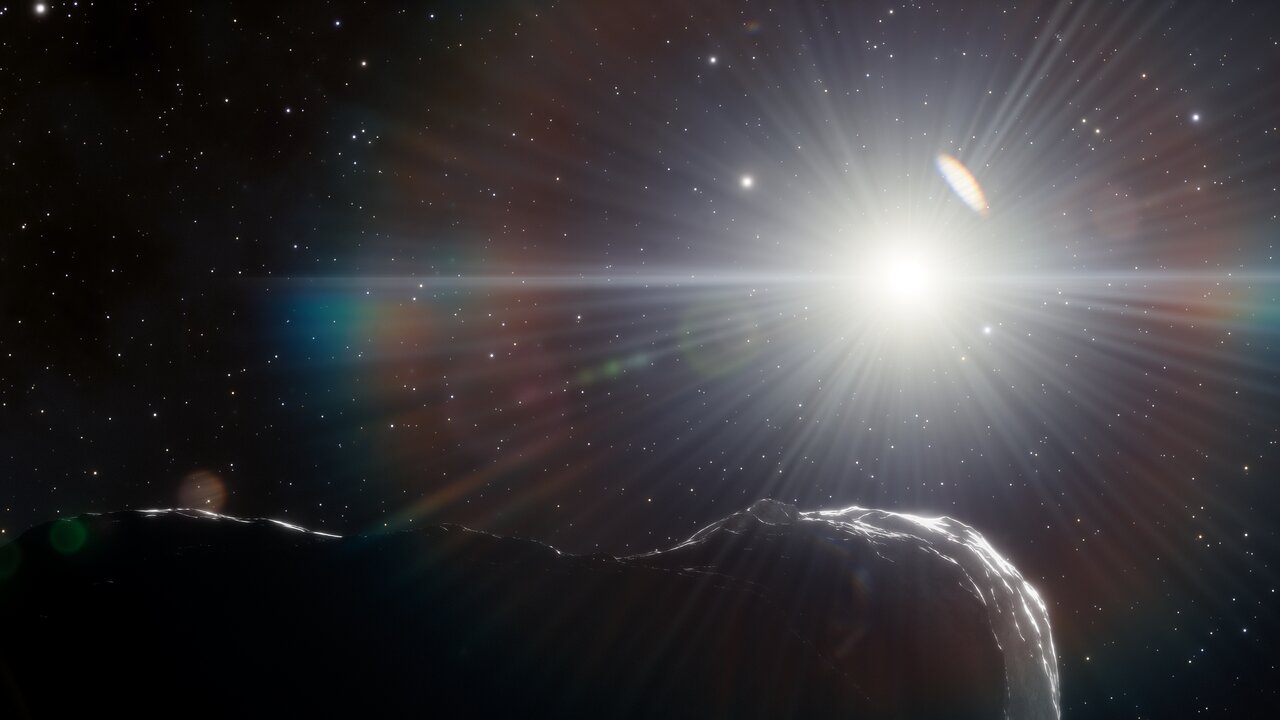Is it time for space lasers yet? Almost.
As time passes, ideas that were once confined to the realm of science fiction become more realistic. It’s true of things like using robots to explore other worlds. Space lasers are a well-used element in science fiction, and we’re approaching the time when they could become a reality.
Where would we put them, and what could we use them for?
Continue reading “There are Plenty of Uses for Powerful Lasers in Space. But Where Should We Put Them?”









